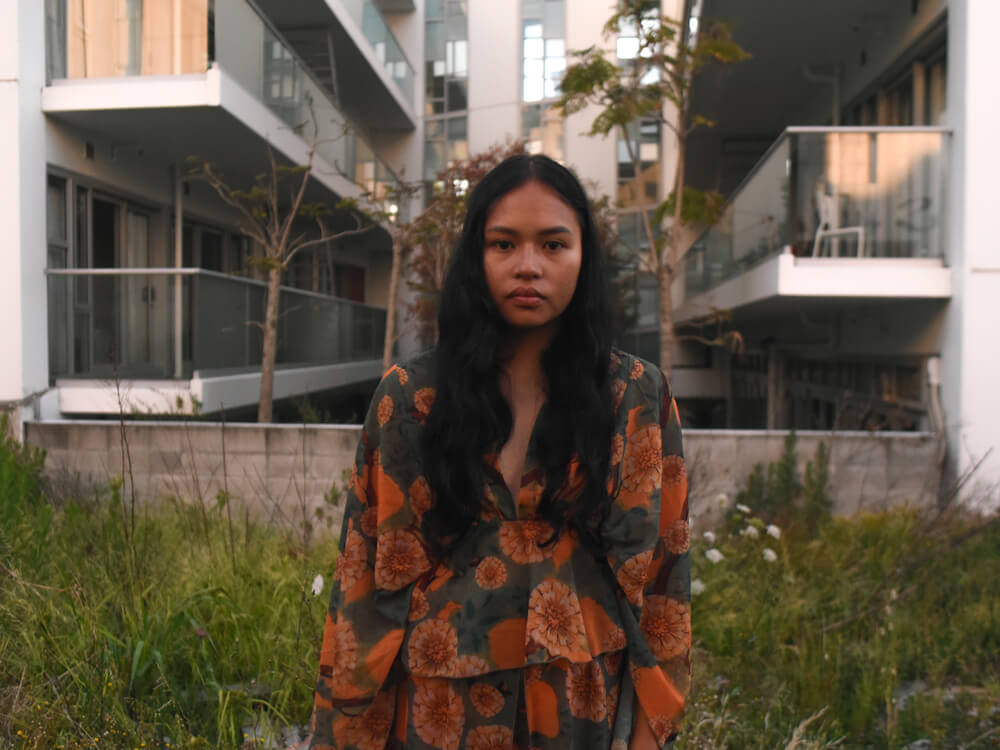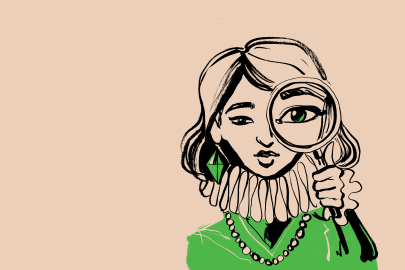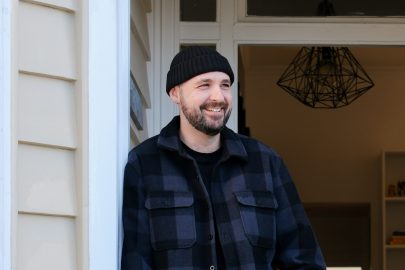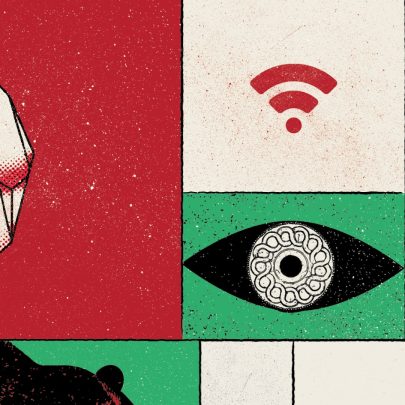Feb 26, 2020 People
Metro digital editor Tess Nichol talks to Nicole Hunt, photographer and activist, about Ihumatao, Merata Mita, and visiting the United Nations Climate Change Conference.
When someone tells you a movie is life changing, they rarely mean it literally. Nicole Hunt does. She decided on the spot to become a film-maker after seeing Merata: How Mum Decolonised the Screen at the 2018 New Zealand International Film Festival.
Hunt, 26, had already been carving a name for herself as a photographer in Auckland for several years (including having her work featured in Metro), taking photos of the music gigs and club nights that make Karangahape Rd’s heart beat. As poet Tayi Tibble wrote of Hunt’s work, it invokes “a sort of scene, a buzz which… makes you wish you were there”.
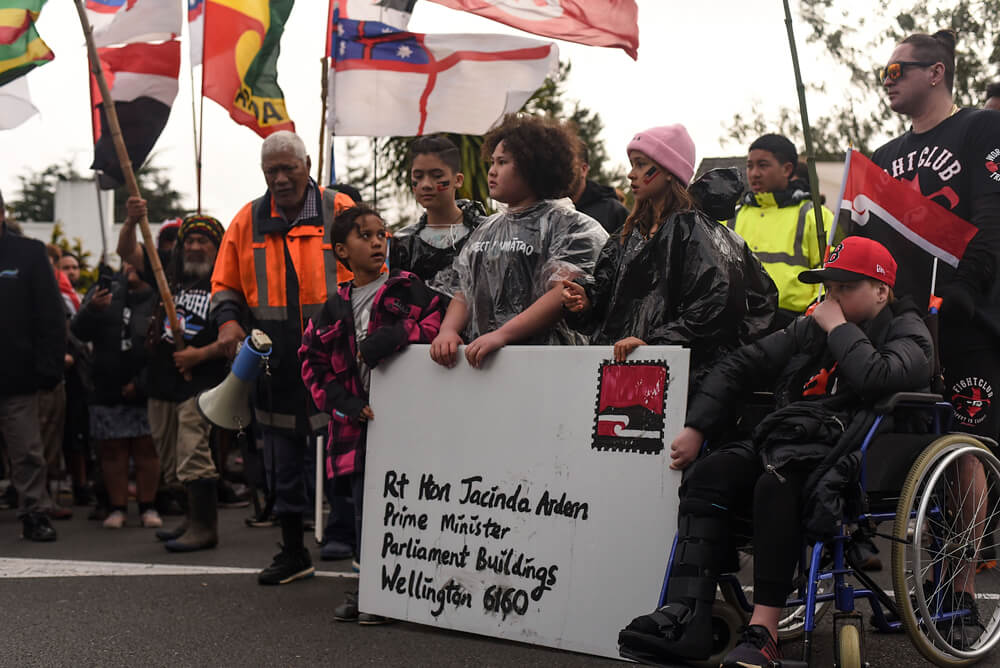
Merata, and the accompanying talk by Mita’s son Heperi Mita, made Hunt realise film offered something photography couldn’t: the ability to tell fuller, more powerful stories. “It was an easy decision for me, like, ‘Oh, that’s what I’m meant to be doing,’” Hunt says now. She signed up for film school shortly after.
“I’m not an academic, I’m not any other way inclined than art, but I can change the way people think if I can tell [indigenous] stories,” she says. We’re sitting in Verona on K’ Rd a year or so after the screening; her one-year diploma at South Seas Film School is nearly finished. Mita, the first Maori woman to write and direct a feature film, is still Hunt’s biggest inspiration. “She’s goals for me. Her way of using art as a tool for politics — it was the perfect way to do it.”
Hunt is especially in awe of Mita’s work capturing the reality on the ground at Bastion Pt in the 1970s. Hunt, who is Filipino and Maori from Ngai Tuhoe and Te Arawa, has been heavily involved in her generation’s version of Bastion Pt, the struggle over Ihumatao. If you look at her Instagram, there’s a section from July last year where every picture was taken on the whenua. The most striking are a pair of photos shot at dawn; purple skies shot through with streaks of pink cloud, a stripe of mist settling above the ground and, just in front of that, a string of neon yellow dots — police vests. The images capture a spectacular sense of place and occasion, even through a phone screen.
View this post on Instagram
They’re beautiful, I tell her. Yes, she says, but their beauty obscures part of how she felt at the time. That’s the problem with photographs — they don’t quite tell the whole story. “Actually, what was going on was almost very, like, traumatic. It was a hard time as much as it was a beautiful time.” The reason Hunt was up so early that morning was that every daybreak at Ihumatao was tense — it was when the land was perceived by activists to be most vulnerable to encroachment by the police.
All of last year was a blur of coursework, making art and activism. In December, shortly after our drink at Verona, she attended the United Nations Climate Change Conference in Madrid as part of an indigenous youth delegation, Te Ara Whatu. “We push for climate action from an indigenous perspective,” she explains.
“Indigenous people have been living with the land for millennia, in balance. We recognise we have to take this old knowledge and want to reintroduce it and push indigenous knowledge to the forefront of climate solutions.”
It was Te Ara Whatu’s third time attending but Hunt’s first, and when we speak, she’s equal parts excited and hesitant about what to expect. “It’s not for us and it never was, so we have to carve a space there,” she says, meaning the UN exists for politicians, not activists. What the conference does offer, though, is the chance to share knowledge and connect with the global indigenous community, and to figure out how to reframe narratives about climate change, especially as it affects indigenous people, so the message resonates more deeply. “The way politicians speak is really logistical and they’ll bring out stats, but that narrative never speaks to lived experiences of islands going underwater. We want to bring that humanity back to the conversation.”
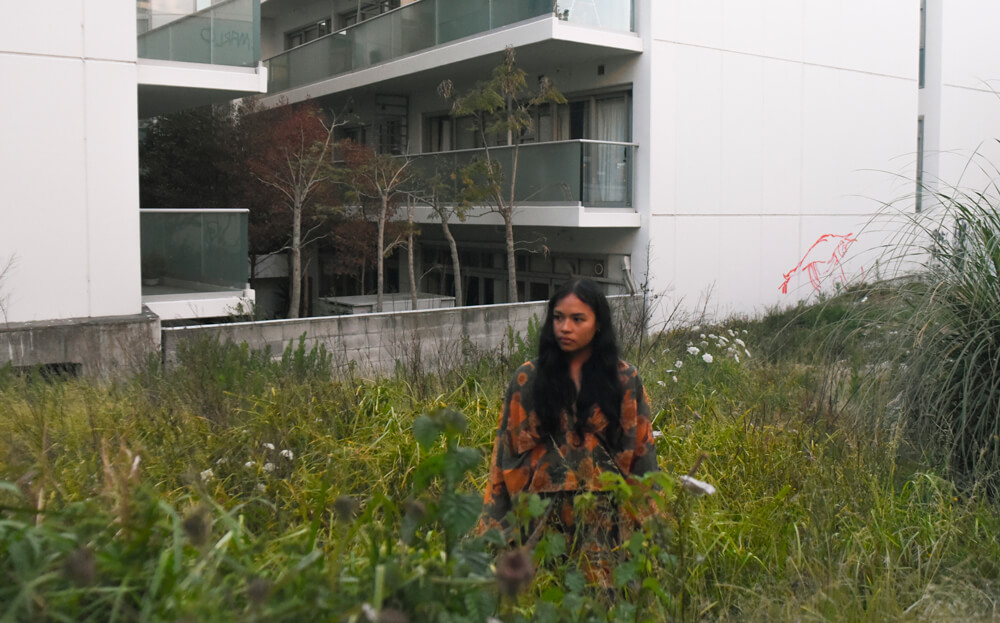
In the end, film school was a bit of a bust. Hunt’s not sure she’ll pass (she blew off classes in favour of Ihumatao), but she’s pretty ambivalent about it. “As long as I get what I wanted out of it, as long as I get the skills, then cool. Everything else is optional to me.” Hunt has that enviable inner certainty many artists possess; she’s not too fazed about what she “should” be doing because what she wants from life and what she values are so clear to her. “Why would you not go where your strengths lie? That’s where you’ll be the most effective, and that’s probably where you’ll be most happy, too.”
Ihumatao has galvanised something in Hunt, and now she’s free from the framework of formal teaching and can pursue whatever projects she likes, she plans to blend her art and her activism, a combination she thinks will come naturally. “All indigenous narratives are political by default. It’s not the norm, so it’s always going to disrupt.”
The one project that made her year at film school feel worthwhile was directing the camera, lighting and audio for a short film about a young girl and her father and their shared struggle as they reconnect with te reo Maori.
Hunt loved it, partly because she related to the narrative, but also because the process showed her how amazing making a film could be. “I got a whole cast and crew that were Maori or Pasifika. I had no entitled white boys on my crew. Everything about it, from like the way we filmed it to the visuals, was exactly what I was envisioning.”
Hunt was due to miss the film’s first shared screening because of attending the UN conference. I suggest that this seems fitting and she laughs. She’s not bothered. She’s exactly where she needs to be.
This piece originally appeared in the January-February 2020 issue of Metro magazine, with the headline ‘whe she needs to be’.

